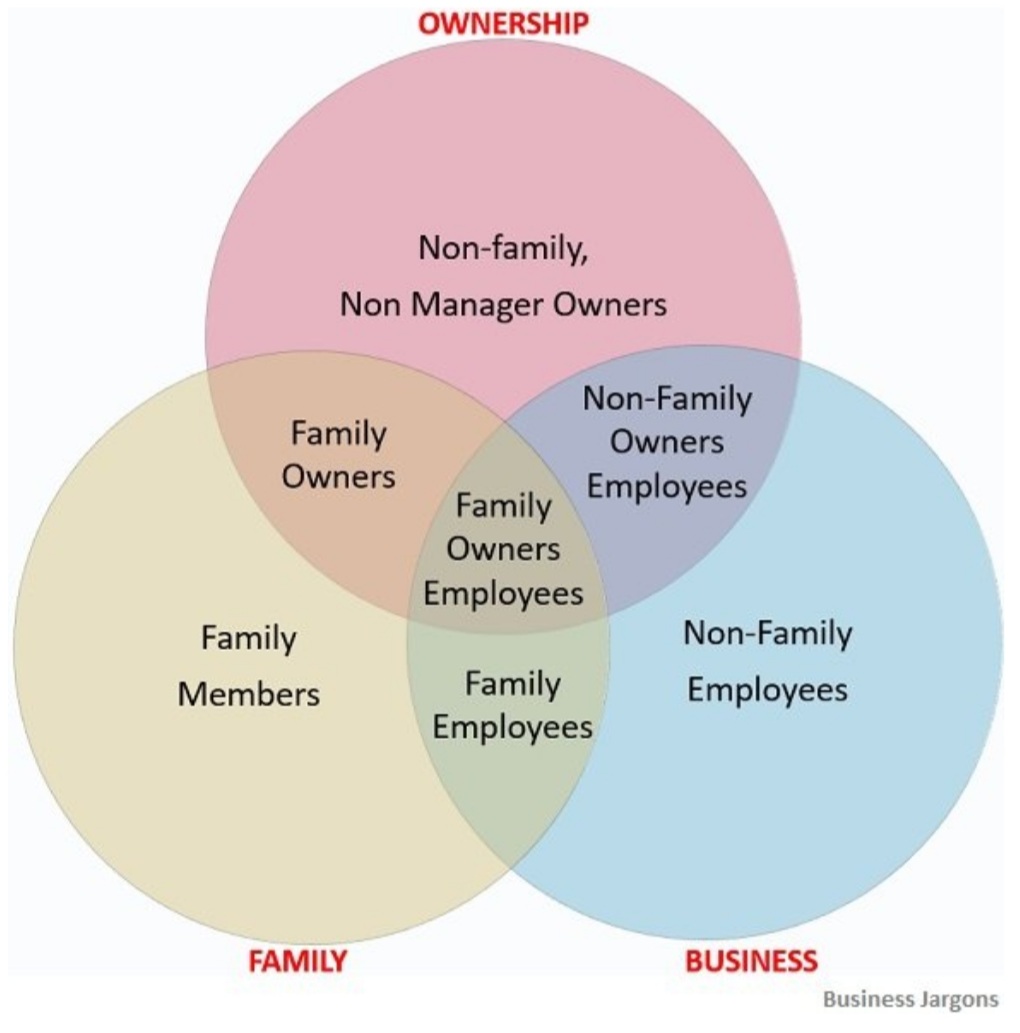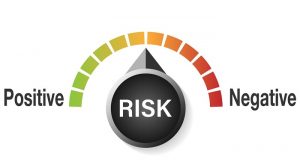
Image Credit: AdvertisingWeek.
Consumers have become increasingly digital-first and online-oriented, businesses have shifted their marketing spend toward digital advertising initiatives to capitalize on this continuing force. The most recent annual research indicates that worldwide digital advertising topped $522 billion in 2022 – a number that’s expected to eclipse $836 billion by 2026.
Customer data is the lifeblood of digital first marketing. Deriving insights from data allows companies to reach potential buyers with timely, customized, and actionable advertising that produce engagement and sales outcomes beyond those of a mass marketing approach.
The raw data required for innovation in insights generation, however, is becoming increasingly difficult to acquire and leverage. Google is embarking on a multi-year effort to phase out third-party cookies in its popular Chrome browser. Apple’s Safari browser and app store are curtailing brands’ access to customer data. Europe’s sweeping GDPR and California’s Consumer Privacy Act, require brands to allow users to opt out of tracking, limiting valuable data acquisition opportunities. Combine that with consumer’s increasing expectations for protecting their privacy and a perfect storm is on the horizon.
Considering the above, acquiring the necessary first party and zero party data to engage in hyper-personalization is increasingly difficult. This is actually an opportunity, because only 20% of the data provides 80% of the lift in hyper-personalization. The brands that grow faster than their competitors will need to become expert at identifying, enhancing leveraging the 20% for brand advantage. In terms of predictive power, third party data has always performed at only a fraction of what first party data can do for your personalization strategy. The future belongs to first and zero part data.
Moving Beyond Third-Party Data
Zero-party data, information shared directly by consumers, and first-party data, information gathered by brands directly from their digital properties with expressed user consent, offer compelling opportunities to leverage existing digital infrastructure to collect customer data.
Third party data was useful to help in high-level segmentation at the block group level but, for direct marketers, customer collected data on their household composition, lifestage, income, number of kids, etc., has always been the gold mine of targeting information. In many ways, third-party data always painted a less complete picture of consumer preferences and engagement patterns. For example, knowing customer device use and IP address isn’t enough information for marketers to create and distribute the personalized experiences that customers expect and demand. Also, knowing that a particular household shares some common demographics and attitudes with 14 other houses down the street (block group), is not precision marketing.
Through a rigorous and consistent first and zero party data collection strategy, the goal is to create a 360-degree view of the customer to support nuanced messaging that engages, activates and drives individuals to complete a purchase, increase their spending, remain loyal, recommend others, or renew a purchase contract for the next cycle. Instead of hindering the process, the shift from third-party data has genuinely opened up possibilities for achieving a comprehensive 360-degree perspective of the customer. The core competency of the 21st century brand is converting raw data into innovation, and innovation into sustainable market share and brand KPIs.
Equipped with this information, brands are best positioned to deliver personalized ads to audiences informed by real-time behavior, platform activity, market segmentation, and buyer lifecycle stage, helping brands maximize every engagement opportunity.
This includes anonymous users, individuals who take action on websites without logging in, opt to “continue as a guest,” or haven’t been given an official identifier but still engage with the brands. One industry study found that 79 percent of users are anonymous, and brands do not engage 80 percent of these potential customers.
When marketers leverage zero and first-party data to understand and engage their audience, including anonymous users, they expand their reach and gain a competitive advantage over other brands.
Know Your Audience – All of Your Audience
Like brands apply customer engagement strategies and lifecycle campaigns to engage their known users, companies can leverage similar technologies and techniques to reach their unknown users too. Here are three ways brands can begin that process now.
#1 Make Informed Marketing Decisions
Zero and first-party data is critical to effectively marketing to anonymous users.
Companies utilizing top-tier customer interaction platforms should possess the capability to employ the system’s mobile or web Software Development Kit (SDK) for the effortless gathering of data regarding their unidentified users, such as browsing patterns or transaction details. This information can subsequently be analyzed to ascertain the proportion of your unknown user base and predict the potential benefits that may arise from initiating engagement with this group.
In-app or web polls, surveys, or other voluntary data collection tools are an excellent place to start. Additionally, ask users for information on messaging or product preferences to optimize value and engagement at every opportunity.
Together, these intelligent, consent-oriented data collection methodologies help provide a comprehensive understanding of your anonymous audience.
#2 Message the Value Proposition
Messaging anonymous users can create stronger customer relationships that increase value and tap into an often-ignored marketing strategy.
For example, one analysis found that an in-product-only messaging strategy using in-app messages or content cards generated a 13x increase in overall engagement for streaming brands, a significant improvement indicative of the impact companies of every size in every impact can have when messaging their anonymous users.
However, while the ultimate goal of engaging anonymous users is to convert them into known ones, avoid pushing anonymous users to reveal themselves without making a case for the value.
Instead, ensure new users get a taste of your brand’s worth before encouraging them to sign up or create an account. While not all anonymous users may be willing to disclose their identities, a well-thought-out plan, backed by a customer engagement solution capable of continuous, nuanced message testing, can help you fine-tune your approach and maximize the potential of this opportunity.
#3 Maximize Personalization
Customers expect and demand personalized communications from brands.
One consumer survey found that 62 percent of respondents expect a personalized brand experience, a 17 percent increase in just one year. Put differently, personalization is no longer the cherry on top of the marketing sundae. It’s the whole thing.
Utilizing zero-party data can enhance your understanding of anonymous users, enabling you to offer them more personalized and relatable brand experiences, irrespective of whether you know their names or locations. This encapsulates the transformative potential of zero-party data.
Conclusion
The shifting digital landscape presents both challenges and opportunities for businesses. Companies have had to rethink their data acquisition strategies with the phasing out of third-party data and the rise of stringent privacy regulations. However, these changes also open new avenues for creating more profound, meaningful connections with customers, including anonymous users.
Just as with any change, the shift in data usage can be challenging, but it also opens up a world of potential. By harnessing the power of zero and first-party data, companies can enhance their understanding of all users, deliver more personalized experiences, and gain a competitive edge. The key is to adapt and position your brand to seize these emerging opportunities.
Dennis DeGregor serves as VP, Global Experience Data Practice, Ogilvy/Verticurl
What’s your thought on this story?
Kindly like and share your thought now.





















